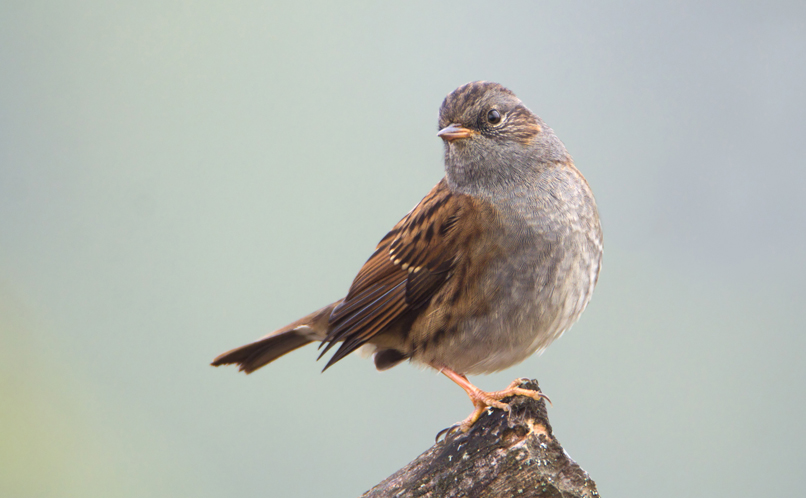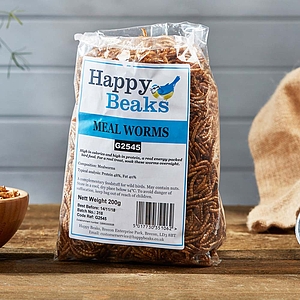
Dunnock Prunella modularis
The dunnock was once more commonly known as a hedge sparrow, but is in fact a closer relative to a thrush. A common visitor, but often a victim of mistaken identity, this is a little brown bird with breeding habits that will make your eyes water!
Identification
It’s easy to see why so many mistake the dunnock for a house sparrow. The dunnock is small and brown, but if you can get close, you’ll see the upper of this bird is in fact streaked with black. If you’re lucky enough to see two males coming together, expect to see lots of wing-flicking action as they call at one another.
The dunnock is a rather quiet bird, with a wren like warble and a limited series of notes.
Feeding
The dunnock, like most birds, loves a good grub, but will peck happily away at seeds too. Pop out some mealworms, and they’ll love those as well!
Breeding
Dunnocks, whether male or female, like to sow their seed! The little creature can be rather active, has highly complex breeding habits and will often be in multiple pairings at any one time. The busy little creature will nest in the thick undergrowth of bushes, and will lay 4-6 eggs, that incubate for 12-13 days. After 11-12 days the little ones will fledge. Expect to see up to three brood from dunnocks; phew!
Did you know?
The word “dunnock” literally means “brown bird”.
Often mistaken with...
The house sparrow - both are brown, small and sit in similar places. But the back streaking of the dunnock should help you separate the two.
Perfect for the Dunnock...
4 Options From £4.95
3 Options From £5.95
High Energy Insect Suet Pellets
3 Options From £10.95





